In addition to being a tasty and adaptable food, almonds are a nourishing supplement to a healthy diet. Almonds come in a variety of flavours and offer a number of health advantages, whether they are consumed as a snack, used in baking or cooking, or included in other recipes.
The term “Almonds 20/22” refers to the sizing classification of almonds. It is a grading system commonly used in the almond industry to categorize the size of almonds based on the number of almonds per ounce.
History of Almonds
- Almond trees flourished in areas such as Spain, Morocco, Greece, and Israel, and their harvests fed explorers travelling along the Silk Road to China. Spain is the only country that maintained a significant almond industry, and they are still a producer of almonds.
- Almonds have been mentioned in everything from Greek mythology to the bible. The Bible’s Book of Numbers tells of Aaron’s rod that blossomed and bore almonds.
- Today, the state of California is the biggest producer of almonds, growing approximately 80 per cent of the world’s supply. Almonds are California’s top agricultural export and the largest tree nut crop in total dollar value and acreage. They also rank as the largest U.S. speciality crop export.
About Almonds
- Almonds come in a variety of flavours, including bitter and sweet types. The most popular variety, sweet almonds, is eaten as a snack or utilized in baking and cuisine. Bitter almonds are used largely for their fragrant qualities in extract form despite having a strong, bitter flavour.
- Almonds should ideally be kept fresh and of high quality by being kept in an airtight container in a cold, dry location. Their shelf life can be extended by refrigeration.
Benefits of Almonds
- Almonds boast an impressive nutrient profile. A 1-ounce (oz), or 28-gram (g), serving of almonds contains according to www.healthline.com/nutrition/9-proven-benefits-of-almonds#TOC_TITLE_HDR_2
- Fiber: 3.5 g
- Protein: 6 g
- Fat: 14 g (9 of which are monounsaturated)
- Vitamin E: 48% of the daily value (DV)
- Manganese: 27% of the DV
- Magnesium: 18% of the DV
- a decent amount of copper, vitamin B2 (riboflavin), and phosphorus
This is all from a small handful of almonds, which has 164 calories and 6 grams of carbohydrates, which includes 3.5 grams of fiber
- Almonds are loaded with antioxidants:
Antioxidants help protect against oxidative stress, which can damage molecules in your cells and contribute to inflammation, aging, and diseases like cancer. The powerful antioxidants in almonds are largely concentrated in the brown layer of their skin. For this reason, blanched almonds — those with skin removed — have less antioxidant capacity. This means they may not offer the same anti-inflammatory capabilities.
- Almonds have a number of positive health effects. By lowering blood pressure, boosting heart health generally, and lowering levels of bad cholesterol, they may help reduce the chance of developing heart disease.
- Because they are satiating and may affect metabolism, almonds are also linked to weight management. They also offer antioxidants, which can guard against inflammation and oxidative stress.
Uses Of Almonds
- In the kitchen, almonds are highly adaptable. They can be used in many different dishes or eaten as a snack on their own. Almonds are frequently used in baking, including in bread, cakes, cookies, and muffins.
- They can be used to make almond butter or processed into almond flour. In order to lend a crunchy texture and nutty flavour to savoury foods like salads, stir-fries, and pilafs, almonds are also employed.
- Almond milk, a vegan substitute for dairy milk, is frequently made from almonds. To make almond milk, combine soaked almonds with water, then filter the mixture to get rid of the solids.
- Another product made from almonds is almond oil, which is used in food preparation as well as cosmetic and skincare goods.
Did You Know?
Almonds are actually in the rose family and are often called “the queen of the rose family.” The fuzzy hull around the almond nut feels kind of like a peach, and that’s because other family members of the almond are the peach (and the apricot).

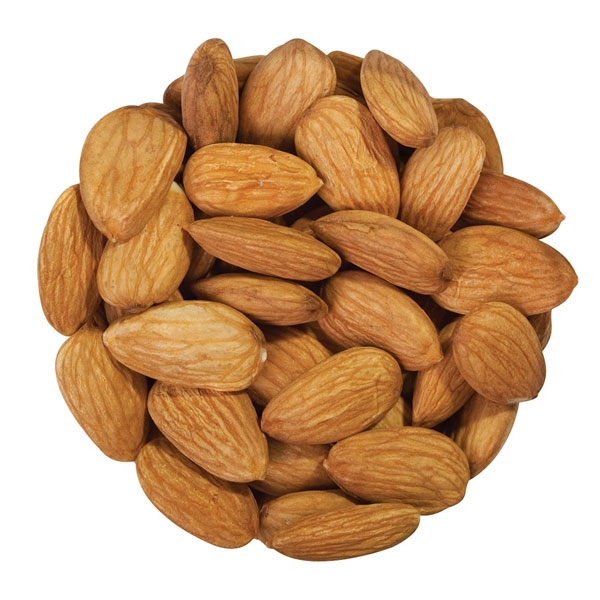
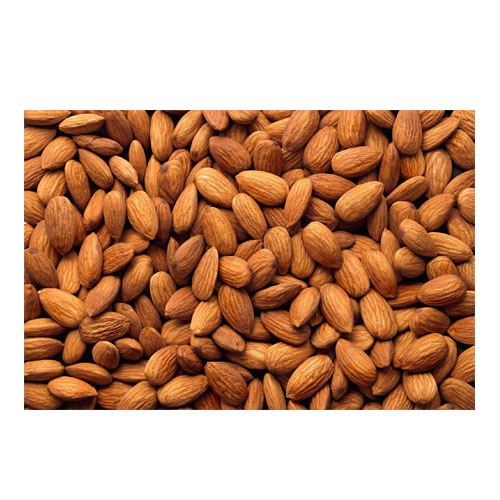
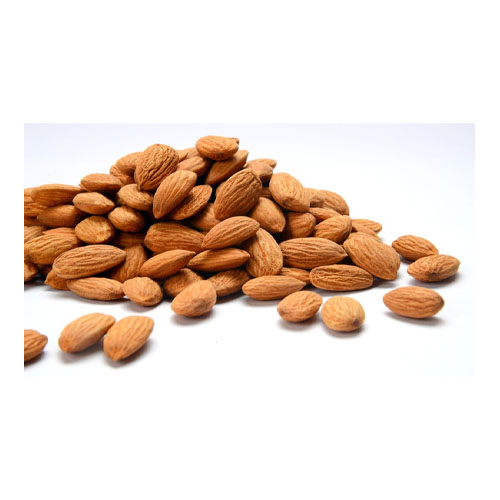
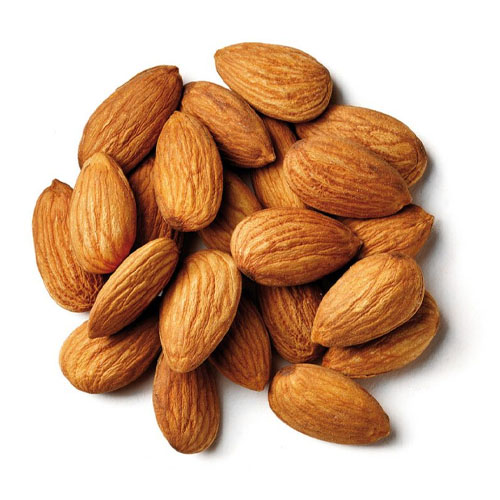
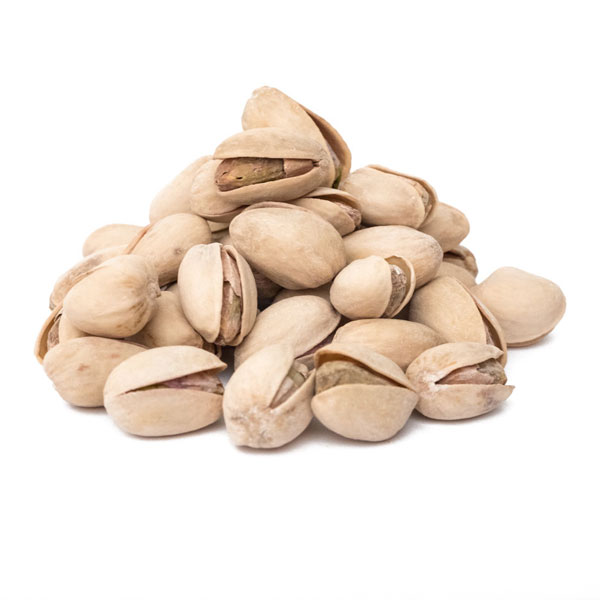
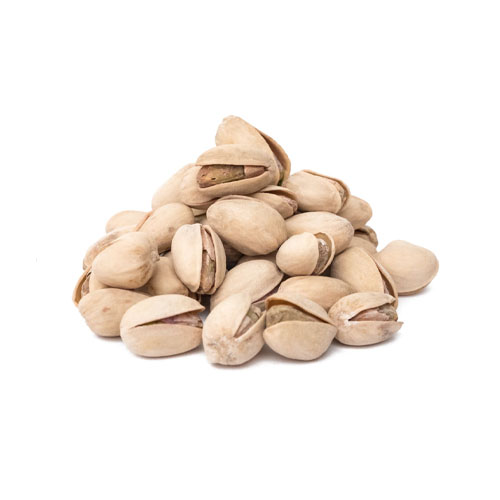
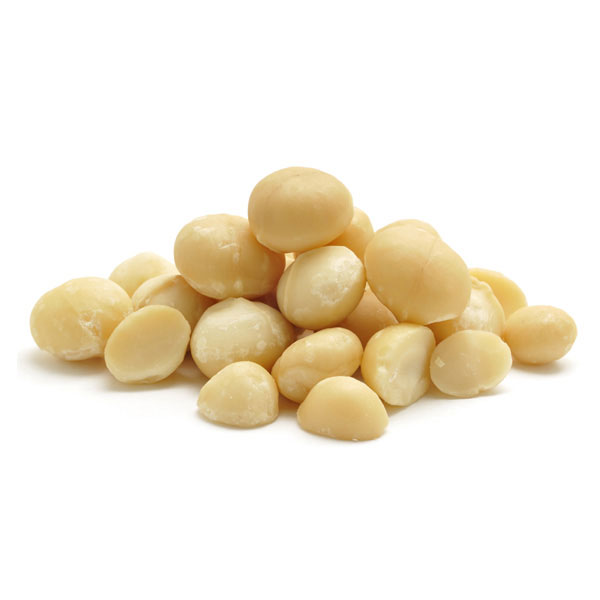

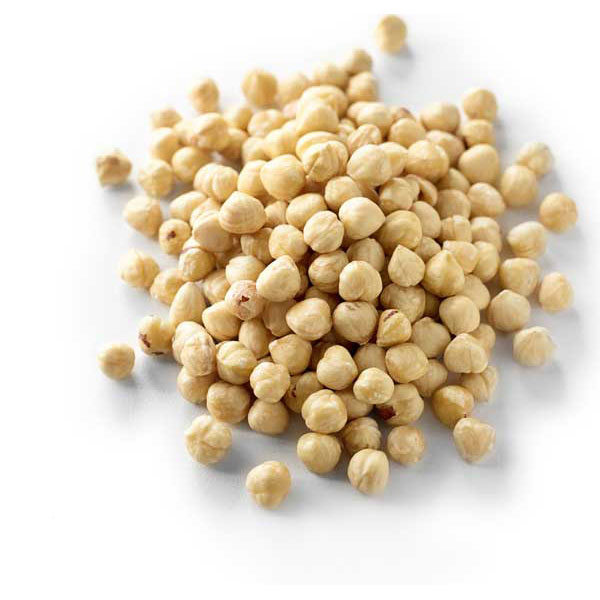
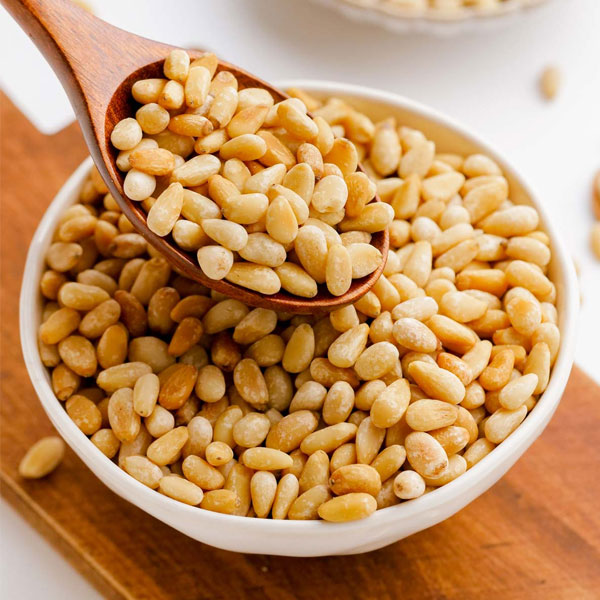
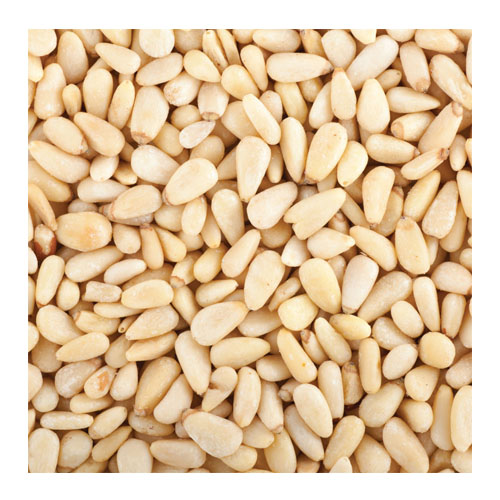
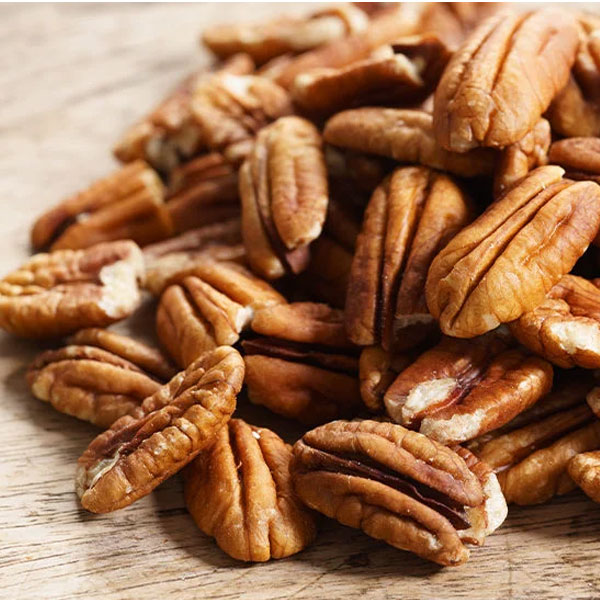
Reviews
There are no reviews yet.